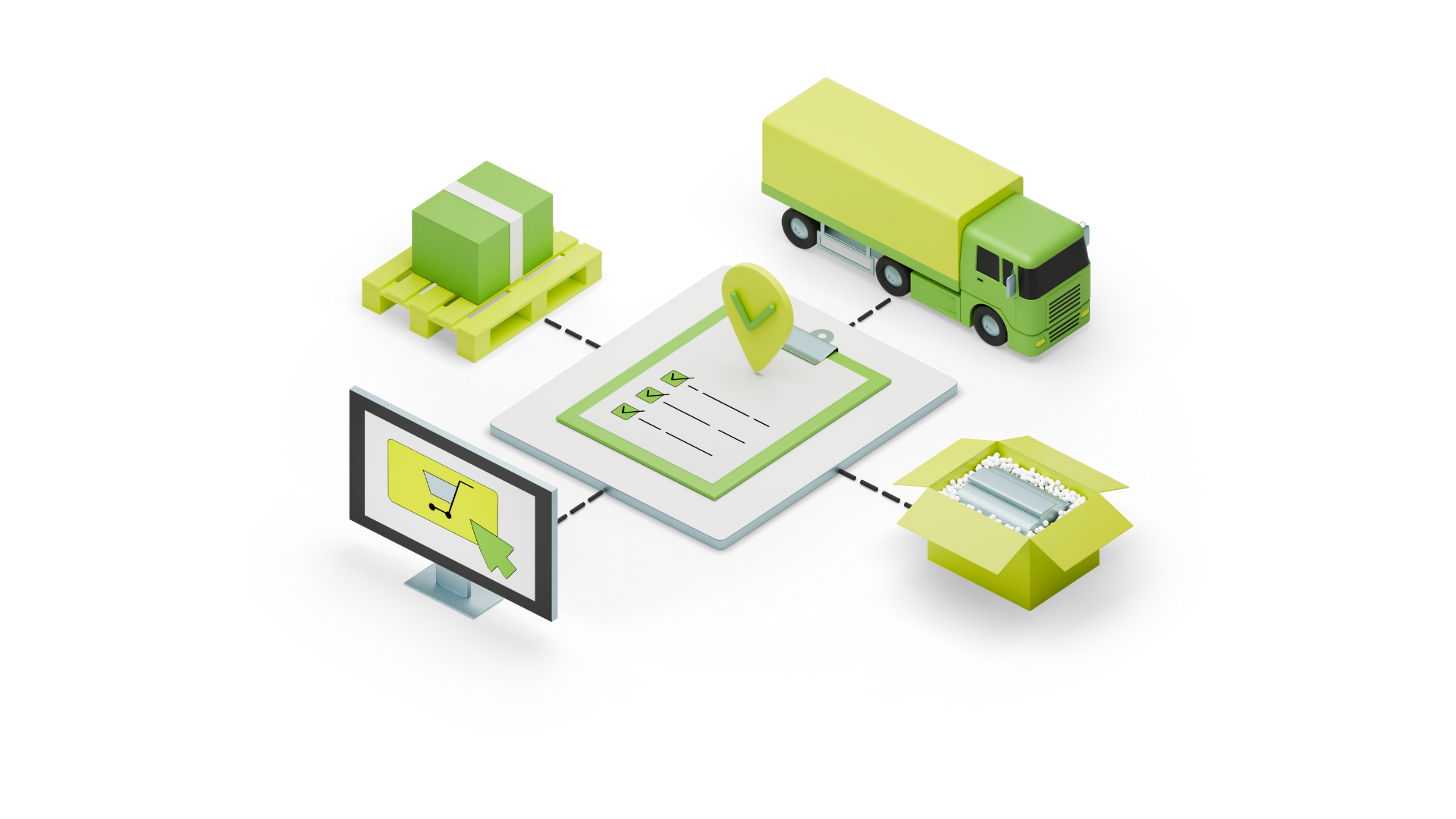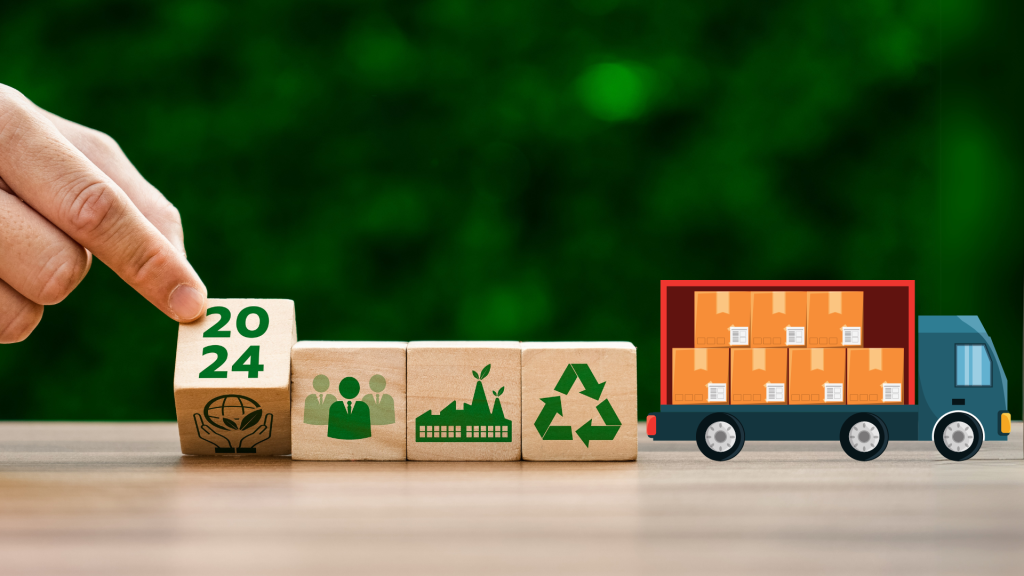
Sustainable procurement has emerged as a critical lever for achieving sustainability goals as companies across industries face increasing pressure from regulators, consumers, and investors. A well-crafted sustainable procurement strategy doesn’t just enhance compliance; it drives cost savings, mitigates risks, and builds stronger supply chain partnerships.
If you’re looking to stay competitive while aligning with global climate goals, now is the time to develop a robust sustainable procurement strategy. This blog outlines the best practices and actionable steps to guide your business toward a greener supply chain in 2025.

Sustainable procurement involves integrating environmental, social, and economic considerations into purchasing decisions. This means evaluating suppliers not just on cost and quality but also on their practices, such as minimizing environmental impact, promoting fair labor conditions, and adhering to ethical business standards.
For instance, a company that chooses to source raw materials from certified sustainable suppliers contributes to reducing deforestation while ensuring fair wages for workers.
In 2024, businesses face stricter global regulations, such as California’s updated climate laws and the European Union’s Corporate Sustainability Reporting Directive (CSRD). Consumers are also prioritizing brands that demonstrate authenticity in their sustainability claims. A strong procurement strategy ensures businesses stay ahead of these expectations while minimizing reputational and financial risks.
Collaborate with suppliers to ensure they meet sustainability benchmarks. This could involve using certifications like ISO 14001 or setting contractual obligations for sustainable practices.
Evaluate the environmental and social impacts of products and services throughout their lifecycle. For example, choosing materials that are recyclable or biodegradable helps reduce end-of-life waste.
Adopt technology platforms to track, report, and improve procurement activities. Digital tools offer visibility into Scope 3 emissions and help maintain accurate sustainability reports.
Start by auditing your current procurement processes. Identify areas where you can improve sustainability, such as reducing waste, switching to renewable energy sources, or sourcing locally.
Define what sustainability means for your business. For example:
Goal 1: Reduce Scope 3 emissions by 25% by the end of 2026.
Goal 2: Ensure that 50% of your suppliers are certified for ethical labor practices.
Develop a detailed roadmap that includes timelines, required resources, and assigned responsibilities. Regularly involve key stakeholders to ensure alignment.
Educate your procurement team on sustainability standards and the importance of ethical sourcing. This ensures alignment across the organization.
Sustainability is a journey, not a destination. Regularly review your procurement strategy, measure progress, and adapt to new regulations or market trends.
Pro Tip: Sprih’s carbon management platform can help you track emissions across Scope 1, 2, and 3 effectively, ensuring transparency and compliance.
Streamlined operations and reduced waste result in cost savings. For example, using energy-efficient products lowers operational costs in the long run.
By adhering to sustainability standards, businesses can avoid penalties, lawsuits, and reputational damage associated with non-compliance.
A strong sustainability profile attracts eco-conscious consumers and sustainability-focused investors. This competitive edge can translate into increased market share and funding opportunities.
Solution: Engage with suppliers through collaboration and incentives. Highlight the mutual benefits of sustainable practices.
Solution: Focus on quick wins, such as reducing energy use or switching to recycled materials. Use cost savings from these initiatives to fund larger projects.
Solution: Partner with experts who can guide you through compliance requirements and help you stay ahead of evolving regulations.
Unilever’s efforts to ensure sustainable sourcing have been extensive. By 2020, the company sourced 67% of its agricultural raw materials sustainably. They prioritized 12 key crops, such as palm oil, tea, and cocoa, to maximize their impact. Additionally, they are committed to achieving a deforestation-free supply chain by 2023 through innovative technologies like blockchain and satellite data, ensuring better traceability and transparency in their operations
For more details, check:
Unilever Sustainable Living Plan
Unilever Sustainable Sourcing
IKEA’s sustainable procurement strategy includes sourcing 98% of its cotton from farms adhering to the Better Cotton Initiative and ensuring that all of its wood is FSC-certified or recycled. The company has a robust approach to embedding sustainability in its supply chain, focusing on renewable energy and resource conservation
Read more here.
Digital solutions simplify procurement tracking and reporting. Platforms that integrate carbon management and lifecycle analysis can transform the way businesses approach sustainability.
Get Expert Guidance: Speak to our team about how to make your procurement strategy smarter and greener. Book a free consultation today.
A sustainable procurement strategy is more than just a trend—it’s a business necessity for 2025. By aligning your procurement processes with sustainability goals, you can drive meaningful change, improve your bottom line, and position your company as a leader in responsible business practices.
Ready to make your supply chain truly sustainable? Talk to an expert today to explore tailored solutions for your procurement needs.